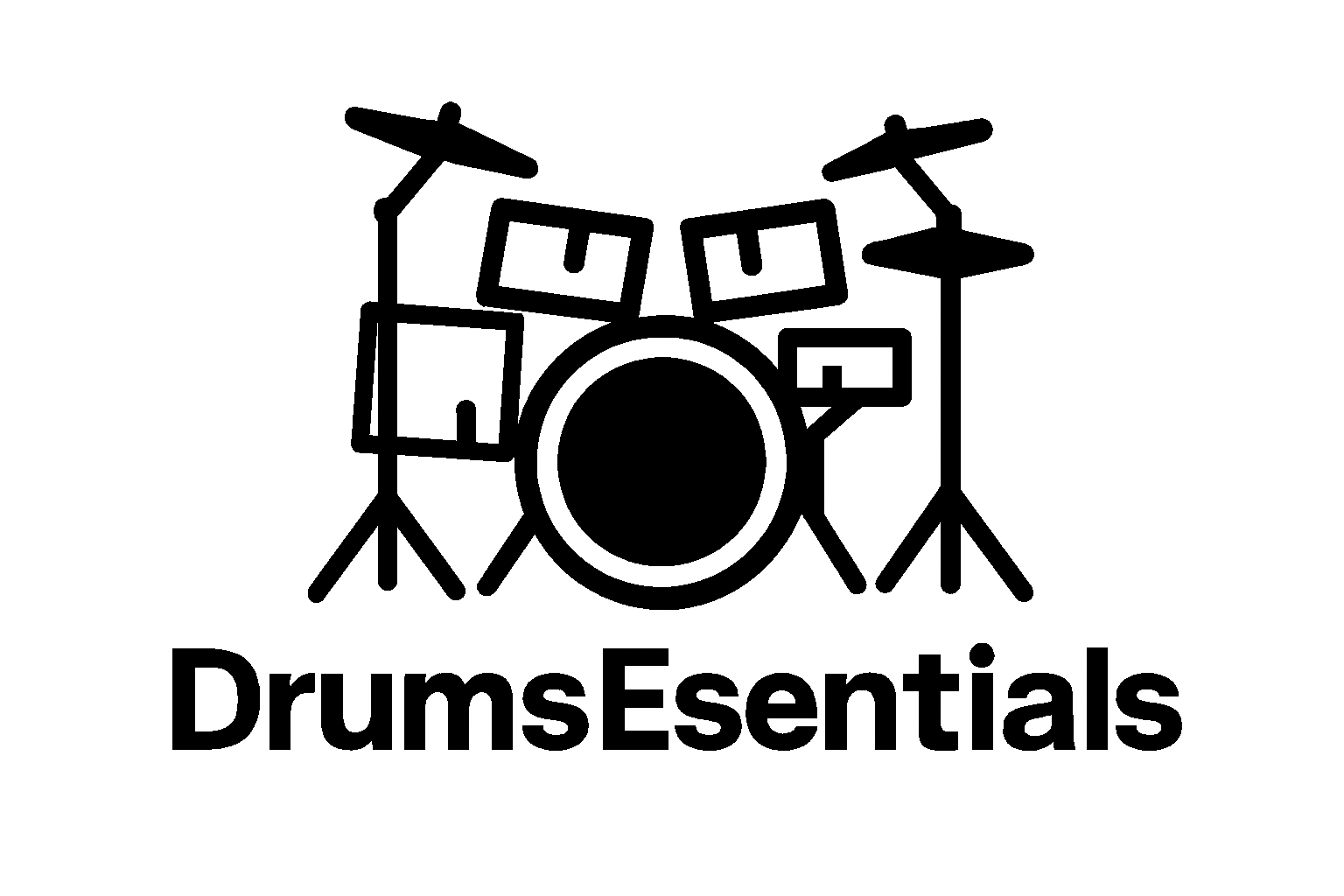When it comes to percussion, few instruments are as simple yet versatile as the cajon instrument. This wooden box drum has become a favorite for buskers, acoustic performers, and even professional drummers who need a compact and portable alternative to a full drum kit. Despite its minimal design, the cajon can produce a wide range of sounds, making it suitable for countless musical styles. But what makes the cajon so special, and why should beginners consider adding it to their setup? Let’s take a closer look at its history, how it works, and why it’s one of the most popular percussion instruments in the world today.
What Is a Cajon Instrument?
The cajon instrument originated in Peru during the 18th century. Enslaved African communities, forbidden from using their traditional drums, created percussion instruments from wooden shipping crates and fruit boxes. This gave birth to the cajon, which became a central part of Afro-Peruvian music.

Over time, the cajon spread internationally and was adopted into Spanish flamenco, where it remains hugely popular. Today, you’ll find cajons being played in jazz, folk, pop, and even modern rock settings.
Players sit on top of the box and strike the front surface, known as the tapa, with their hands, fingers, or brushes. The sound changes depending on where you hit: the center produces deep bass tones, while the edges create snappy, high-pitched slaps. Many modern cajons include built-in snares or wires, similar to a snare drum, to give extra sharpness to the sound. Some even feature sound ports or adjustable strings, giving players the ability to fine-tune their tone.
The cajon instrument offers a number of benefits for beginners and experienced drummers alike:
Why Choose a Cajon?
- Portable and compact – Unlike a traditional drum kit, a cajon is lightweight and easy to carry. You can bring it to gigs, rehearsals, or street performances without the hassle of heavy equipment.
- Affordable – A quality beginner cajon often costs far less than a full drum set, making it a budget-friendly way to explore percussion.
- Versatile sound – With the right technique, the cajon can mimic bass drums, snares, and even hi-hats. This allows one instrument to cover multiple roles in a rhythm section.
- Beginner-friendly – No sticks, pedals, or complicated setups are required. Anyone can start experimenting with rhythms on a cajon in just a few minutes.
- Great for collaboration – Cajons fit easily into jam sessions, acoustic sets, and small venues where a full drum kit would be too loud.
Cajon Instrument vs. Traditional Drum Kit
While the cajon can’t completely replace a drum kit, it offers unique advantages that make it worth considering:

- Volume control – Acoustic drum kits are powerful and often too loud for small spaces. The cajon is quieter and easier to blend in acoustic performances.
- Simplicity – A drum kit requires multiple components, tuning, and setup time. With a cajon, all you need is the box itself.
- Cost and maintenance – Drum kits can be expensive and require ongoing maintenance like replacing drumheads and cymbals. A cajon has minimal upkeep and lasts for years.
- Flexibility – Cajons are especially useful in intimate settings, such as coffeehouse gigs or acoustic jam sessions.
For singer-songwriters, buskers, and acoustic performers, the cajon often provides just the right amount of rhythm without overpowering the music.
If you’re already drumming, check out how a cajon can complement your practice.
How to Play a Cajon Instrument
Getting started with the cajon instrument is easier than you might think. Here are a few basic tips for beginners:
- Sit correctly – Position yourself comfortably on top of the cajon with your feet flat on the floor. Lean slightly forward to strike the front panel.
- Master two main sounds – The bass tone comes from hitting the center of the panel with the palm of your hand. The slap tone comes from striking the upper edges with your fingers.
- Combine rhythms – By mixing bass and slap tones, you can imitate the sound of a drum kit. Try playing simple kick-snare patterns to start.
- Experiment with brushes and mallets – While most players use their hands, brushes and mallets can add variety to your sound.
- Practice with music – Play along with your favorite acoustic songs to develop timing and groove.
With practice, you’ll discover how expressive and dynamic the cajon can be.
Choosing the Right Cajon Instrument
When buying your first cajon, there are a few things to keep in mind:
- Material – Cajons are typically made of hardwood or birch plywood. Higher-quality woods produce richer tones.
- Size – Larger cajons produce deeper bass, while smaller models are more portable.
- Snare system – Decide whether you want a traditional Peruvian cajon (without snares) or a modern flamenco cajon (with snare wires).
- Budget – Beginner cajons can start at around $100, while professional models can cost several hundred dollars.
For more inspiration and to browse different models, visit Meinl Percussion, a leading manufacturer of cajons and other hand percussion instruments.
Conclusion
The cajon instrument is an excellent choice for beginners who want to explore rhythm without committing to a full drum kit. It’s affordable, portable, and versatile—perfect for acoustic gigs, jam sessions, and home practice.
Whether you’re a singer-songwriter looking for a compact rhythm solution or a drummer wanting to expand your percussion skills, the cajon offers endless possibilities. Its rich history, simple design, and expressive sound make it one of the most rewarding instruments to learn.
So if you’re ready to add rhythm to your music in a fun and accessible way, the cajon instrument might just be the perfect starting point.


Leave a Reply